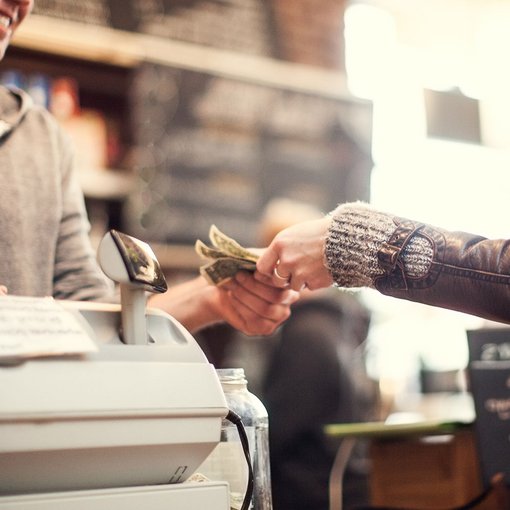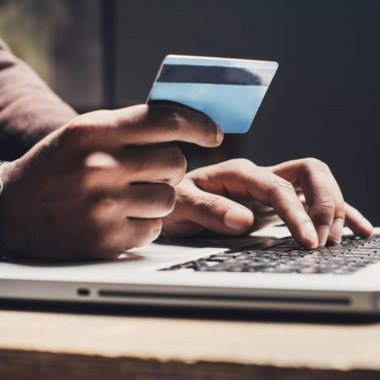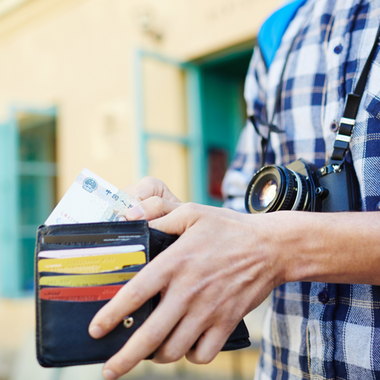
- Four minutes read
Why COVID-19 will re-shape US consumers’ relationship with cash
In the wake of the pandemic, more US consumers are making digital payments than ever before. But that doesn’t mean they’re leaving cash behind, with many seeing eCash as the solution to many of their concerns when it comes to paying online.
Across the US, access to physical stores has been substantially disrupted in 2020. During the first half of the year, many states asked stores to close in order to reduce the spread of COVID-19, and while this is now less prevalent there are still states with social distancing measures in place. Even in states where there are no longer social distancing restrictions affecting consumers’ access to stores, concerns about the safety of shopping in stores is limiting the footfall for in-store merchants.
Cash is still relevant for US consumers
Despite the social upheaval created by the pandemic, this hasn’t diminished the importance of cash to consumers. In April this year we commissioned a survey of 2,000 consumers based in the US and a third (33%) of US consumers said that they were carrying more cash on them than usual during the early stages of the pandemic, and 60% said that cash was the most reliable form of payment in a crisis. This may be why three quarters (75%) of US consumers said they would be concerned if they could no longer access cash, more than consumers in any other country we asked in the same survey.
The impact of the pandemic
However, the pandemic has dramatically changed how consumers are using cash. Only 37% said that they were still regularly using cash in April, with many now preferring to use contactless payments methods.
This shift away from using cash regularly was confirmed when we asked stores about cash acceptance during the pandemic. In September we asked US store owners about how customers were paying during the pandemic; 85% of businesses that currently accept contactless payments said that consumers were using these options more often.
In addition to consumer appetite, this reduction in cash usage was also being driven by stores themselves. Nearly half (46%) of all businesses stopped accepting cash at some point during COVID-19, and whilst the majority have started accepting cash again the percentage of businesses that are no longer accepting cash has risen 200% since the start of the pandemic.
A growing role for cash online
But while it may be the case that cash is going to become less relevant in stores, both now and when COVID-19 is no longer impacting lives, the inverse is true online. This is predominantly due to the fact that consumers are increasingly looking to use payment methods where their financial data is not shared.
This growth is being driven in part by consumers that are new to eCommerce, or consumers that have recently expanded their online shopping activity beyond a very small number of trusted merchants. Many of these consumers may be predominantly using cash in stores, making this their most familiar payment method in addition to this being a solution to sharing their financial data online.
But it is not just these demographics that find the concept of making payments online using cash appealing. When we asked all US consumers about the potential of using cash to make payments online, nearly half (47%) said they would use cash to buy products online if it was easy to do so, and 43% said they would shop online more frequently if they could use cash.
The future of eCash in the US
As products and services in the US continue to become digital-first, and more and more consumers habitually make an increasing number of payments online, eCash is only going to become more relevant to businesses and customers.
Many online merchants have already spotted this trend. When we asked online businesses in the US, the number of businesses accepting eCash appears set to rise by almost 60% in the next two years. Almost 30% of businesses told us that consumers can already use some form of eCash product to pay through their online checkout and 17% have plans to add this soon.
The COVID-19 pandemic has certainly altered the way consumers in the US use cash, but it has evolved the relationship rather than ended it. For many consumers, eCash is the perfect payment solution for managing their concerns online and on top of that it drives financial inclusion which is crucial for a sustainable development of the financial sector.
Find out more information in the recent Lost in Transaction report here.




